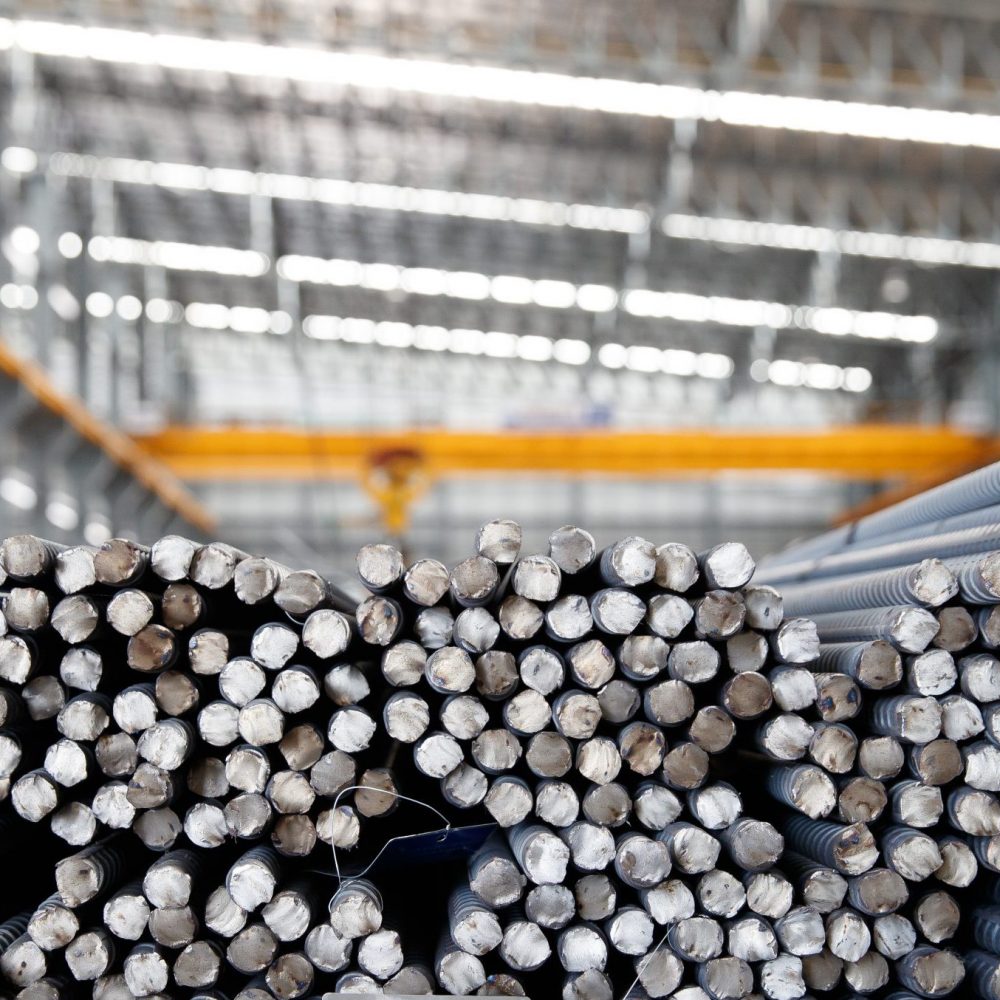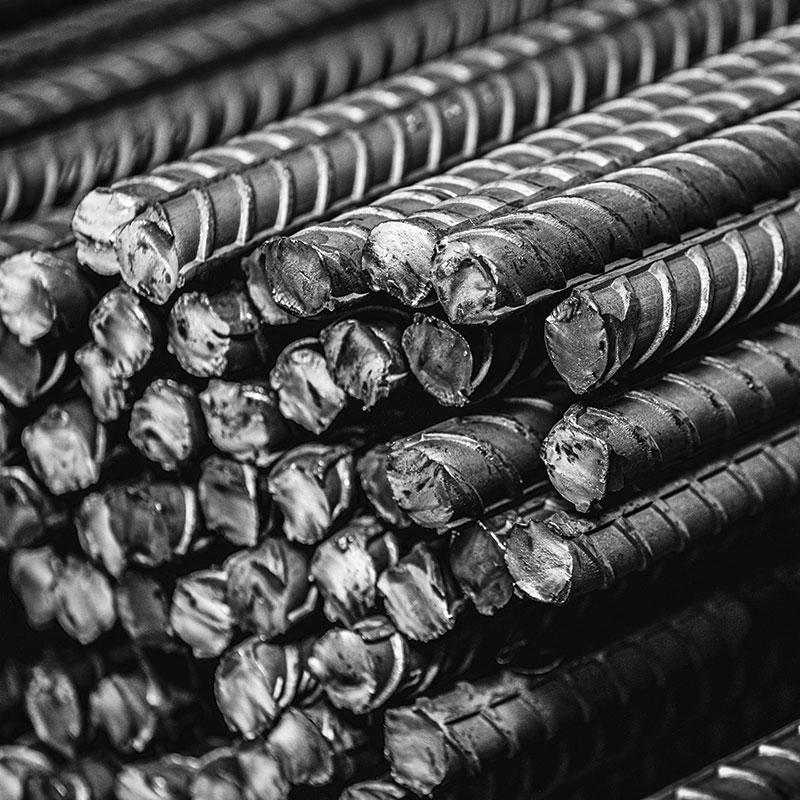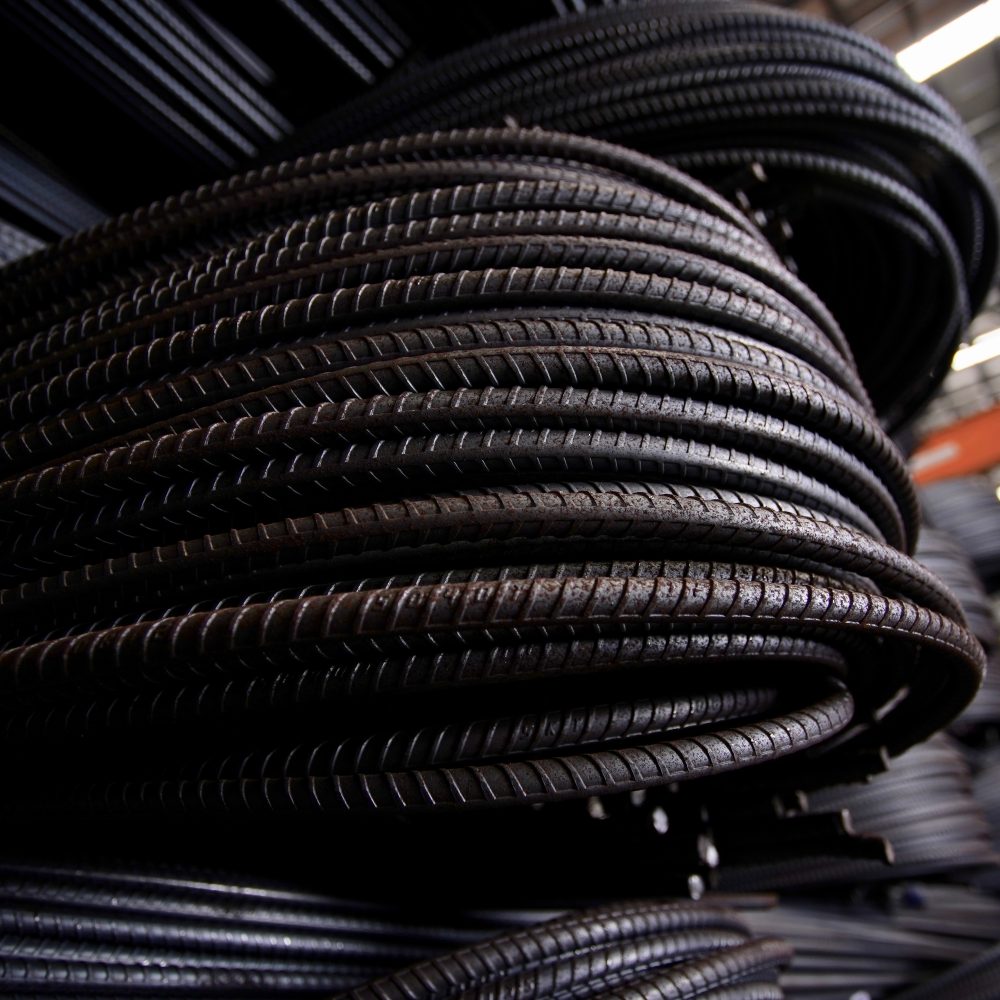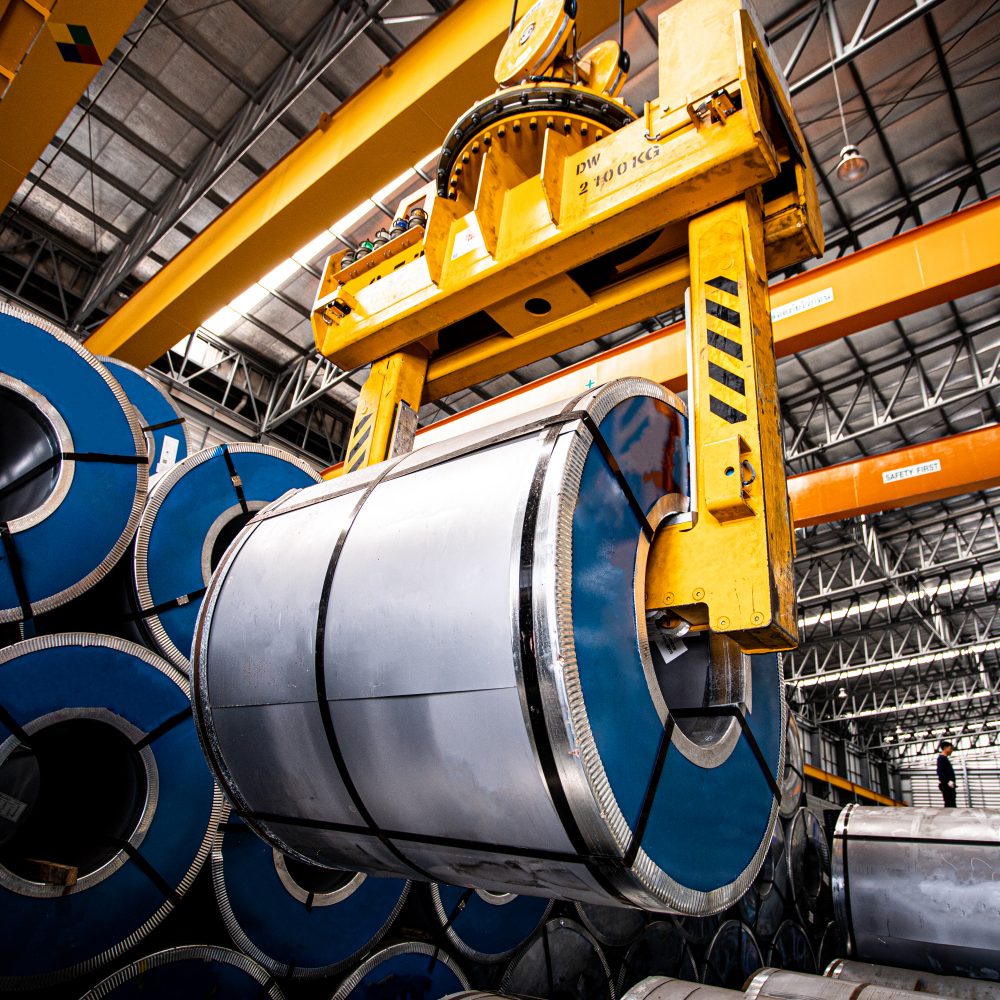The “T” deformed bar is processed either through heat treatment, or the temp-core method, which then it will be cooling through the water spraying process. From this it will harden the bar’s surface, resulting in a lower use of carbon and manganese.
Heat treatment, or the temp-core process, impact strength resistance and gives the “T” deformed bar a highly elastic property, but threading and bending can cause damage due to its harder surface.
Consequently, the “T” symbolizes the production process. The “T” deformed bar’s resulting properties, such as flexibility, elasticity, and extreme heat resistance, are not significantly different to those of the regular deformed bar. It is suitable for lap length and lap splice works. It is also convenient for welding due to its lack of carbon and manganese.
Government Usage Acceptance
Every government department accepts the usage of the “T” deformed bar, with the exception of the Department of Highways, as the fatigue properties of the “T” deformed bar, which essential in road construction, is yet to be confirmed and approved by the Engineer Institute of Thailand. The regular deformed bar is used in most road works. However, the use of the “T” deformed bar in private sectors has increased and been accepted for use in constructions by design and consulting engineers.



